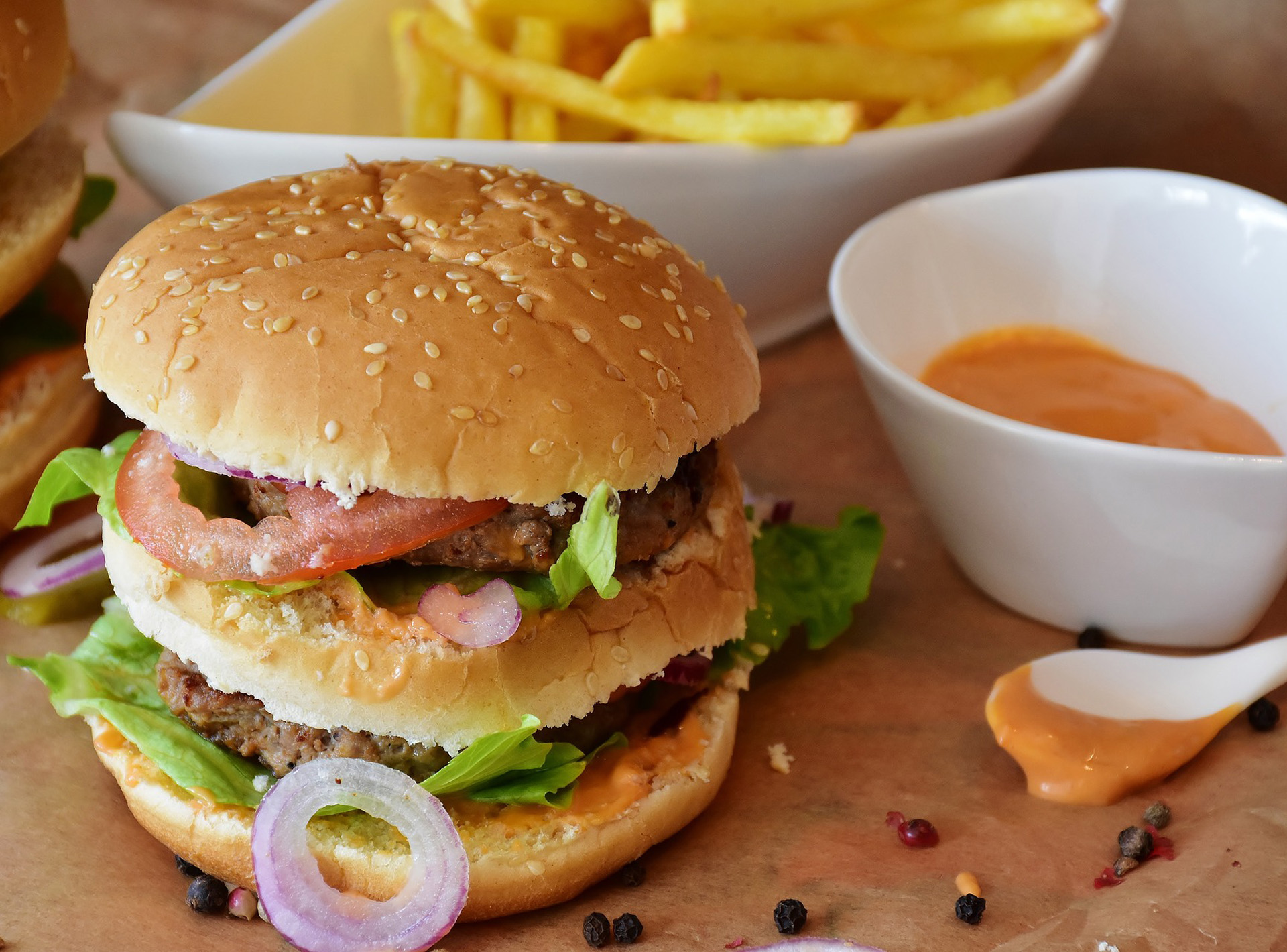 On their way to school, Perth children mostly see food advertising for junk food and alcohol, a new Perth-based study found.
On their way to school, Perth children mostly see food advertising for junk food and alcohol, a new Perth-based study found.
Children in Perth are exposed to a large number of junk food ads on their school commute, new research shows. The study, led by Dr Gina Trapp, Head of Food and Nutrition at Telethon Kids, in collaboration with Cancer Council WA, found that about 80% of food ads placed along 24 secondary school routes in Perth were promoting junk food. Along the same routes, only 8% of food-related ads promoted healthy foods.
“If kids took the train to school it worked out to be on average 37 junk food ads they were exposed to per one-way trip, compared to 2.4 healthy food ads,” Dr Trapp said in a press release. “The top three foods advertised were sugar-sweetened beverages, fast foods, and alcohol.”
About the study
Food marketing has the potential to influence kid’s dietary behaviour and, consequently, their health. However few studies have evaluated the food advertising environment along walking or public transport routes leading to schools.
In this new study, Dr Trapp tracked down all outdoor advertisements present along likely train, bus and walking routes leading to 24 secondary schools in Perth. After analysing the content of these ads, following internationally set protocols Dr Trapp identified a total of 4,016 advertisements, out of which 44% were related to food. From these ads, 80%, or 1,397 were for discretionary foods, which includes common junk food items.
Foods like sweet biscuits, processed meats, chocolate, commercial burgers, and drinks like alcohol, sugar-sweetened soft drinks and cordials, sport and energy drinks, and many others are considered discretionary foods.
“If you assume the amount and proportion of junk food ads stay constant, on average, Perth school children who catch the train could be exposed to almost 15,000 junk food ads on their journey to and from school over the course of a year, compared to only 960 healthy food ads,” Dr Trapp said.
Why this research matters
It is well established that junk food advertising is linked to kids’ food preferences, influencing their food choices and, consequently, their dietary intake, weight status and health, but most research has focused on TV-based advertisements.
Currently, there is little research done on how much outdoor food advertisements children see along their way to schools. “Very little research has quantified the amount of outdoor food marketing environment along public transport or walking routes that children take to and from school,” Dr Trapp said. “What’s interesting is that compared to TV advertising, with outdoor advertising you can’t switch it off – it’s always ‘on’ compared to other mediums of advertising,” she added.
The findings of this new study add to previous findings by Telethon Kids Institute and Cancer Council WA that looked at food adds located 500m of 64 Perth schools. That study found nine times as many advertisements for unhealthy foods (including alcohol) compared to healthy foods, and many of these ads for unhealthy foods were placed on government-owned property.
Overall, these findings point to the need of an immediate ban of junk food advertising on government property, as recently proposed by WA’s leading non-government public health agencies.
“No jurisdiction around the world has implemented a comprehensive ban on the advertising of unhealthy food and beverages in public spaces or on publicly owned assets – so WA (and Australia) has the chance to be a world leader here. Government intervention is needed and something the government could do immediately is to ban all junk food and alcohol advertising from all its property,” Dr Trapp told Medical Forum.
“Our study found 90% of the food advertisements on buses were for junk food and 68% of food advertisements on bus shelters were for junk food or alcohol. At a time when State and Local Government are engaged in strategies attempting to reduce obesity and alcohol consumption it really isn’t appropriate for government owned assets such as (buses, bus shelters & billboards) to carry unhealthy food and alcohol advertising,” she added.
Moving forward, Dr Trapp hopes to expand her research on the exposure of children to unhealthy food advertisement, focusing on other media.
“We’d like to repeat our study and track the outdoor food advertising environment over time. This monitoring data could then be used to assess the impact of any policy changes enacted at the State or local level,” Dr Tapp said.
“We’d also like to quantify children’s exposure to unhealthy food and beverage advertising across all advertising mediums (i.e., TV, social media, outdoors) over an entire day. Another thing we’d like to do is conduct focus groups with schoolchildren to hear their thoughts about our findings,” she added.

